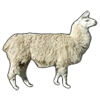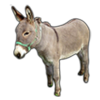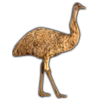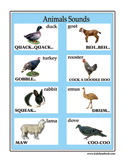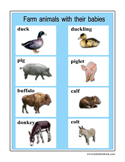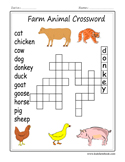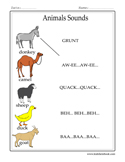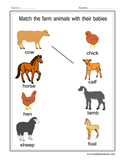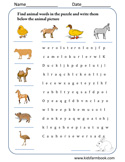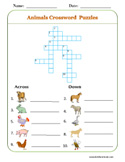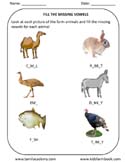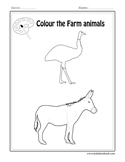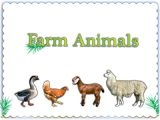DESCRIPTION:
The donkey or ass, Equus africanus asinus, is a domesticated member of the Equidae or horse family. The wild ancestor of the donkey is the African Wild Ass, E. africanus. Traditionally, the scientific name for the donkey is Equus asinus asinus based on the principle of priority used for scientific names of animals. However, the International Commission on Zoological Nomenclature has ruled in 2003 that if the domestic species and the wild species are considered subspecies of each other, the scientific name of the wild species has priority, even when that subspecies has been described after the domestic subspecies. This means that the proper scientific name for the donkey is Equus africanus asinus when it is considered a subspecies, and Equus asinus when it is considered a species.
In the western United States, a small donkey is sometimes called a burro (from the Spanish word for the animal).
A male donkey or ass is called a jack, a female a jenny, and offspring less than one year old, a foal (male: colt, female filly).
While different species of the Equidae family can interbreed, offspring are almost always sterile. Nonetheless, horse/donkey hybrids are popular for their durability and vigor. A mule is the offspring of a jack (male donkey) and a mare (female horse). The much rarer successful mating of a male horse and a female donkey produces a hinny.
Asses were first domesticated around 3000 BC, approximately the same time as the horse, and have spread around the world. They continue to fill important roles in many places today and domesticated species are increasing in numbers, but the African wild ass and another relative, the Onager, are endangered. As "beasts of burden" and companions, asses and donkeys have worked together with humans for millennia.
|

